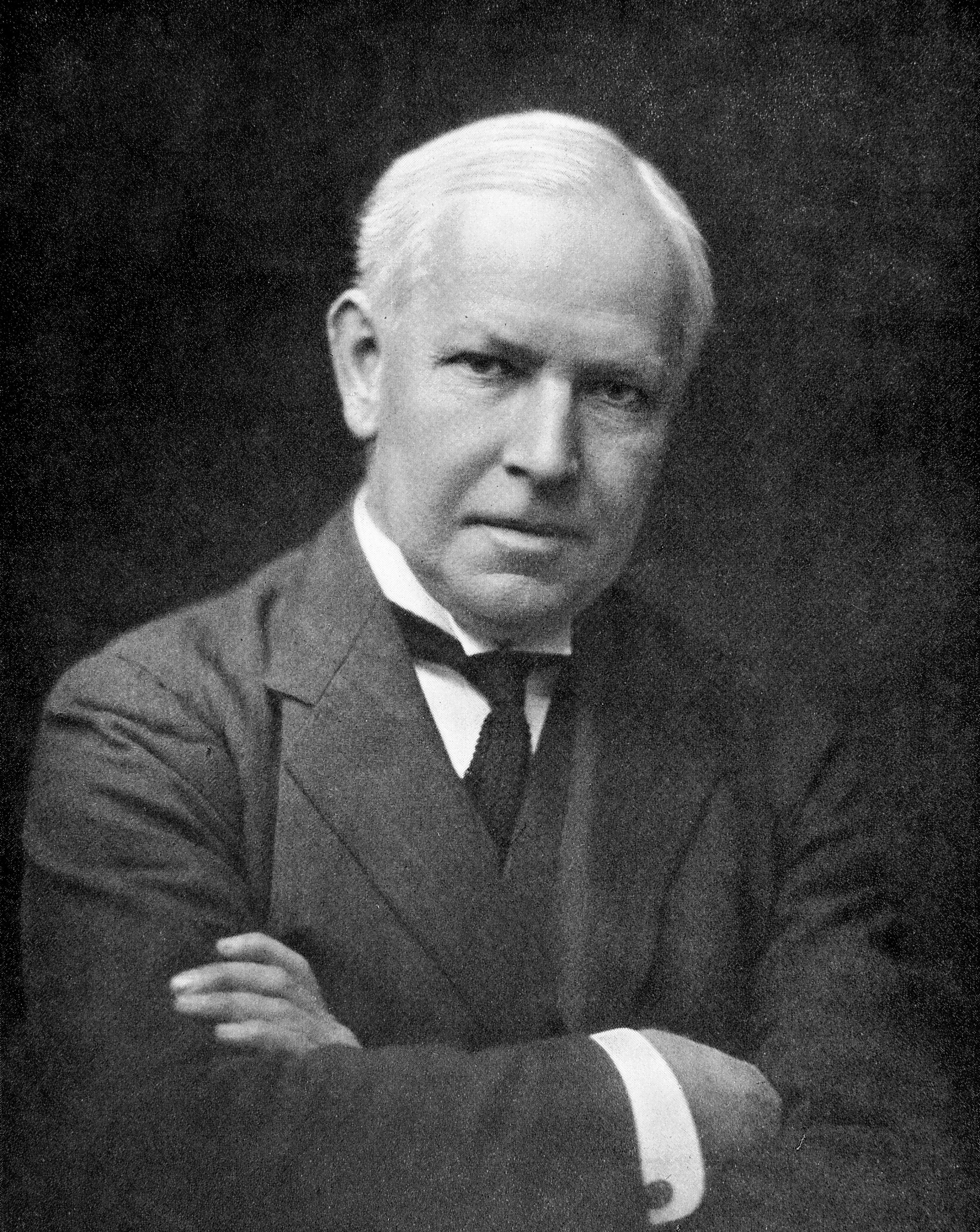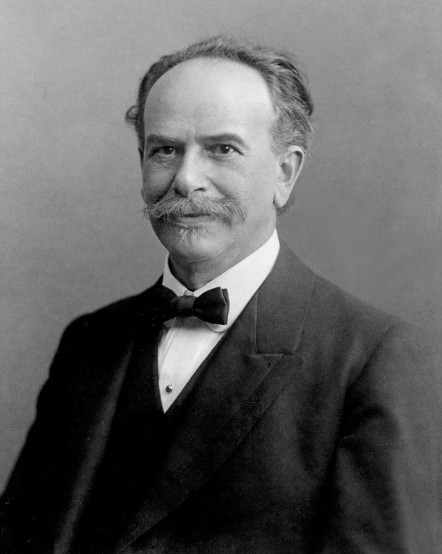|
Daryll Forde
Cyril Daryll Forde FRAI (16 March 1902 – 3 May 1973) was a British anthropologist and Africanist. Education and early career Forde was born in Tottenham on 16 March 1902, the son of John Percival Daniel Forde, a reverend and schoolmaster, and Caroline Pearce Pittman. He attended the local county school in Tottenham, then went on to read geography at University College London (UCL). At that time there was no department of anthropology at UCL; the geography department had interests in ethnography and archaeology, but for the most part it was the domain of Grafton Elliot Smith, a professor of anatomy and noted proponent of hyperdiffusionism. Forde studied under Smith and, upon completing his bachelor's degree in 1924, he was appointed a lecturer in the department of anatomy. His earliest work was influenced by Smith's belief that all of human civilisation originated in ancient Egypt. In his first book, ''Ancient Mariners'' (1928), Forde traced the origins of shipbuilding and ... [...More Info...] [...Related Items...] OR: [Wikipedia] [Google] [Baidu] |
Royal Anthropological Institute Of Great Britain And Ireland
The Royal Anthropological Institute of Great Britain and Ireland (RAI) is a long-established anthropological organisation, and Learned Society, with a global membership. Its remit includes all the component fields of anthropology, such as biological anthropology, evolutionary anthropology, social anthropology, cultural anthropology, visual anthropology and medical anthropology, as well as sub-specialisms within these, and interests shared with neighbouring disciplines such as human genetics, archaeology and linguistics. It seeks to combine a tradition of scholarship with services to anthropologists, including students. The RAI promotes the public understanding of anthropology, as well as the contribution anthropology can make to public affairs and social issues. It includes within its constituency not only academic anthropologists, but also those with a general interest in the subject, and those trained in anthropology who work in other fields. History The institute's fellows a ... [...More Info...] [...Related Items...] OR: [Wikipedia] [Google] [Baidu] |
Alfred Kroeber
Alfred Louis Kroeber (June 11, 1876 – October 5, 1960) was an American cultural anthropologist. He received his PhD under Franz Boas at Columbia University in 1901, the first doctorate in anthropology awarded by Columbia. He was also the first professor appointed to the Department of Anthropology at the University of California, Berkeley. He played an integral role in the early days of its Museum of Anthropology, where he served as director from 1909 through 1947. Kroeber provided detailed information about Ishi, the last surviving member of the Yahi people, whom he studied over a period of years. He was the father of the acclaimed novelist, poet, and writer of short stories Ursula K. Le Guin. Life Kroeber was born in Hoboken, New Jersey, to parents of German Protestant origin. His mother Johanna Muller was an American of German descent; his father Florence Kroeber came to the United States from Germany at the age of ten, with his parents and family, and became an importer of Fr ... [...More Info...] [...Related Items...] OR: [Wikipedia] [Google] [Baidu] |
Social Anthropology
Social anthropology is the study of patterns of behaviour in human societies and cultures. It is the dominant constituent of anthropology throughout the United Kingdom and much of Europe, where it is distinguished from cultural anthropology. In the United States, social anthropology is commonly subsumed within cultural anthropology or sociocultural anthropology. Comparison with cultural anthropology The term ''cultural'' anthropology is generally applied to ethnographic works that are holistic in spirit, are oriented to the ways in which culture affects individual experience, or aim to provide a rounded view of the knowledge, customs, and institutions of a people. ''Social'' anthropology is a term applied to ethnographic works that attempt to isolate a particular system of social relations such as those that comprise domestic life, economy, law, politics, or religion, give analytical priority to the organizational bases of social life, and attend to cultural phenomena as somewha ... [...More Info...] [...Related Items...] OR: [Wikipedia] [Google] [Baidu] |
Cultural Anthropology
Cultural anthropology is a branch of anthropology focused on the study of cultural variation among humans. It is in contrast to social anthropology, which perceives cultural variation as a subset of a posited anthropological constant. The portmanteau term sociocultural anthropology includes both cultural and social anthropology traditions. Anthropologists have pointed out that through culture people can adapt to their environment in non-genetic ways, so people living in different environments will often have different cultures. Much of anthropological theory has originated in an appreciation of and interest in the tension between the local (particular cultures) and the global (a universal human nature, or the web of connections between people in distinct places/circumstances). Cultural anthropology has a rich methodology, including participant observation (often called fieldwork because it requires the anthropologist spending an extended period of time at the research locat ... [...More Info...] [...Related Items...] OR: [Wikipedia] [Google] [Baidu] |
Pen Dinas
Pen Dinas is the name of a large hill within the boundary of the village of Penparcau, on the coast of Ceredigion, Wales, (just south of Aberystwyth) upon which an extensive Iron Age, Celtic hillfort of international significance is situated. The site can easily be reached on foot from Aberystwyth town center and is accessible via a series of well marked trails. Boasting a commanding position at the confluence of the River Ystwyth and Afon Rheidol, it has been described as "the pre-eminent hillfort on the Cardigan Bay coast". The name is more correctly 'Dinas Maelor', this could be translated into English as 'Maelor's Fort' or 'Maelor's City'. Tradition refers to it as being the fort of the giant Maelor Gawr. Pen Dinas strictly speaking only refers to the highest point, 'Pen y Dinas' or 'Head of the Citadel', (upon which the Wellington Monument now stands). The southern summit is also where, in the Bronze Age, a burial mound was erected. For the official Royal Commission for ... [...More Info...] [...Related Items...] OR: [Wikipedia] [Google] [Baidu] |
University College Of Wales, Aberystwyth
, mottoeng = A world without knowledge is no world at all , established = 1872 (as ''The University College of Wales'') , former_names = University of Wales, Aberystwyth , type = Public , endowment = £30.9 million (2021) , budget = £116.8 million (2020-21) , administrative_staff = , vice_chancellor = Elizabeth Treasure , chancellor = John, Lord Thomas of Cwmgiedd , students = () , undergrad = () , postgrad = () , city = Aberystwyth , state = , country = Wales , campus_type = Campus , campus_size = , colours = , affiliations = , website = , logo = Aberystwyth University logo.svg Aberystwyth University ( cy, Prifysgol Aberystwyth) is a public research university in Aberystwyth, Wales. Aberystwyth was a founding member institution of the former federal University of Wales. The univer ... [...More Info...] [...Related Items...] OR: [Wikipedia] [Google] [Baidu] |
Hopi
The Hopi are a Native American ethnic group who primarily live on the Hopi Reservation in northeastern Arizona, United States. As of the 2010 census, there are 19,338 Hopi in the country. The Hopi Tribe is a sovereign nation within the United States and has government-to-government relations with the United States federal government. Particular villages retain autonomy under the Hopi Constitution and Bylaws. The Hopi language is one of 30 in the Uto-Aztecan language family. The majority of Hopi people are enrolled in the Hopi Tribe of Arizona but some are enrolled in the Colorado River Indian Tribes. The Hopi Reservation covers a land area of . The Hopi encountered Spaniards in the 16th century, and are historically referred to as Pueblo people, because they lived in villages (''pueblos'' in the Spanish language). The Hopi are thought to be descended from the Ancestral Puebloans ( Hopi: ''Hisatsinom''), who constructed large apartment-house complexes and had an advanced cu ... [...More Info...] [...Related Items...] OR: [Wikipedia] [Google] [Baidu] |
Quechan
The Quechan (or Yuma) (Quechan: ''Kwatsáan'' 'those who descended') are a Native American tribe who live on the Fort Yuma Indian Reservation on the lower Colorado River in Arizona and California just north of the Mexican border. Despite their name, they are not related to the Quechua people of the Andes. Members are enrolled into the Quechan Tribe of the Fort Yuma Indian Reservation. The federally recognized Quechan tribe's main office is located in Winterhaven, California. Its operations and the majority of its reservation land are located in California, United States. History The historic Yuman-speaking people in this region were skilled warriors and active traders, maintaining exchange networks with the Pima in southern Arizona, New Mexico, and with peoples of the Pacific coast. The first significant contact of the Quechan with Europeans was with the Spanish explorer Juan Bautista de Anza and his party in the winter of 1774. Relations were friendly. On Anza's return fr ... [...More Info...] [...Related Items...] OR: [Wikipedia] [Google] [Baidu] |
Native Americans In The United States
Native Americans, also known as American Indians, First Americans, Indigenous Americans, and other terms, are the Indigenous peoples of the mainland United States ( Indigenous peoples of Hawaii, Alaska and territories of the United States are generally known by other terms). There are 574 federally recognized tribes living within the US, about half of which are associated with Indian reservations. As defined by the United States Census, "Native Americans" are Indigenous tribes that are originally from the contiguous United States, along with Alaska Natives. Indigenous peoples of the United States who are not listed as American Indian or Alaska Native include Native Hawaiians, Samoan Americans, and the Chamorro people. The US Census groups these peoples as " Native Hawaiian and other Pacific Islanders". European colonization of the Americas, which began in 1492, resulted in a precipitous decline in Native American population because of new diseases, wars, ethni ... [...More Info...] [...Related Items...] OR: [Wikipedia] [Google] [Baidu] |
Ethnography
Ethnography (from Greek ''ethnos'' "folk, people, nation" and ''grapho'' "I write") is a branch of anthropology and the systematic study of individual cultures. Ethnography explores cultural phenomena from the point of view of the subject of the study. Ethnography is also a type of social research that involves examining the behavior of the participants in a given social situation and understanding the group members' own interpretation of such behavior. Ethnography in simple terms is a type of qualitative research where a person puts themselves in a specific community or organization in attempt to learn about their cultures from a first person point-of-view. As a form of inquiry, ethnography relies heavily on participant observation—on the researcher participating in the setting or with the people being studied, at least in some marginal role, and seeking to document, in detail, patterns of social interaction and the perspectives of participants, and to understand these i ... [...More Info...] [...Related Items...] OR: [Wikipedia] [Google] [Baidu] |
Four Field Approach
The four-field approach in anthropology sees the discipline as composed of the four sub fields of Archaeology, Linguistics, Physical Anthropology and Cultural Anthropology (known jocularly to students as "stones", "tones", "bones" and "thrones"). The approach is conventionally understood as having been developed by Franz Boas who developed the discipline of anthropology in the United States. A 2013 re-assessment of the evidence has indicated that the idea of four-field anthropology has a more complex 19th-century history in Europe and North America. It is most likely that the approach was being used simultaneously in different parts of the world, but was not widely discussed until it was being taught at the collegiate level in the United States, Germany, England, and France by 1902. For Boas, the four-field approach was motivated by his holistic approach to the study of human behavior, which included integrated analytical attention to culture history, material culture, anatomy and po ... [...More Info...] [...Related Items...] OR: [Wikipedia] [Google] [Baidu] |
Boasian Anthropology
Boasian anthropology was a school within American anthropology founded by Franz Boas in the late 19th century. Overview Boasian anthropology was based on the four-field model of anthropology uniting the fields of cultural anthropology, linguistic anthropology, physical anthropology, and archeology under the umbrella of anthropology. It was based on an understanding of human cultures as malleable and perpetuated through social learning, and understood behavioral differences between peoples as largely separate from and unaffected by innate predispositions stemming from human biology—in this way it rejected the view that cultural differences were essentially biologically based. It also rejected ideas of cultural evolution which ranked societies and cultures according to their degree of "evolution", assuming a single evolutionary path along which cultures can be ranked hierarchically, rather Boas considered societies varying complexities to be the outcome of particular historical pro ... [...More Info...] [...Related Items...] OR: [Wikipedia] [Google] [Baidu] |







